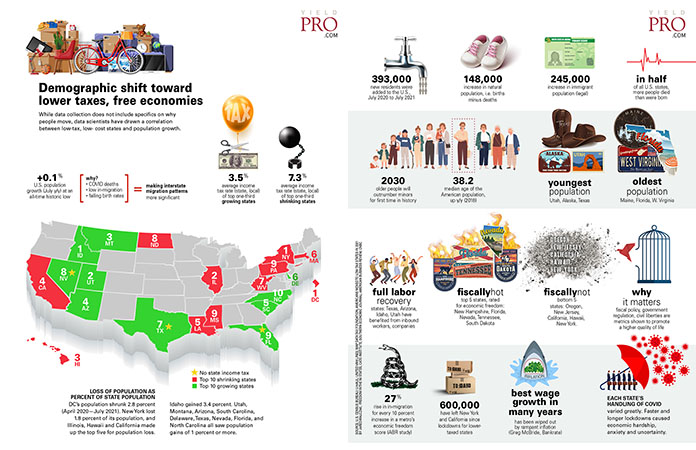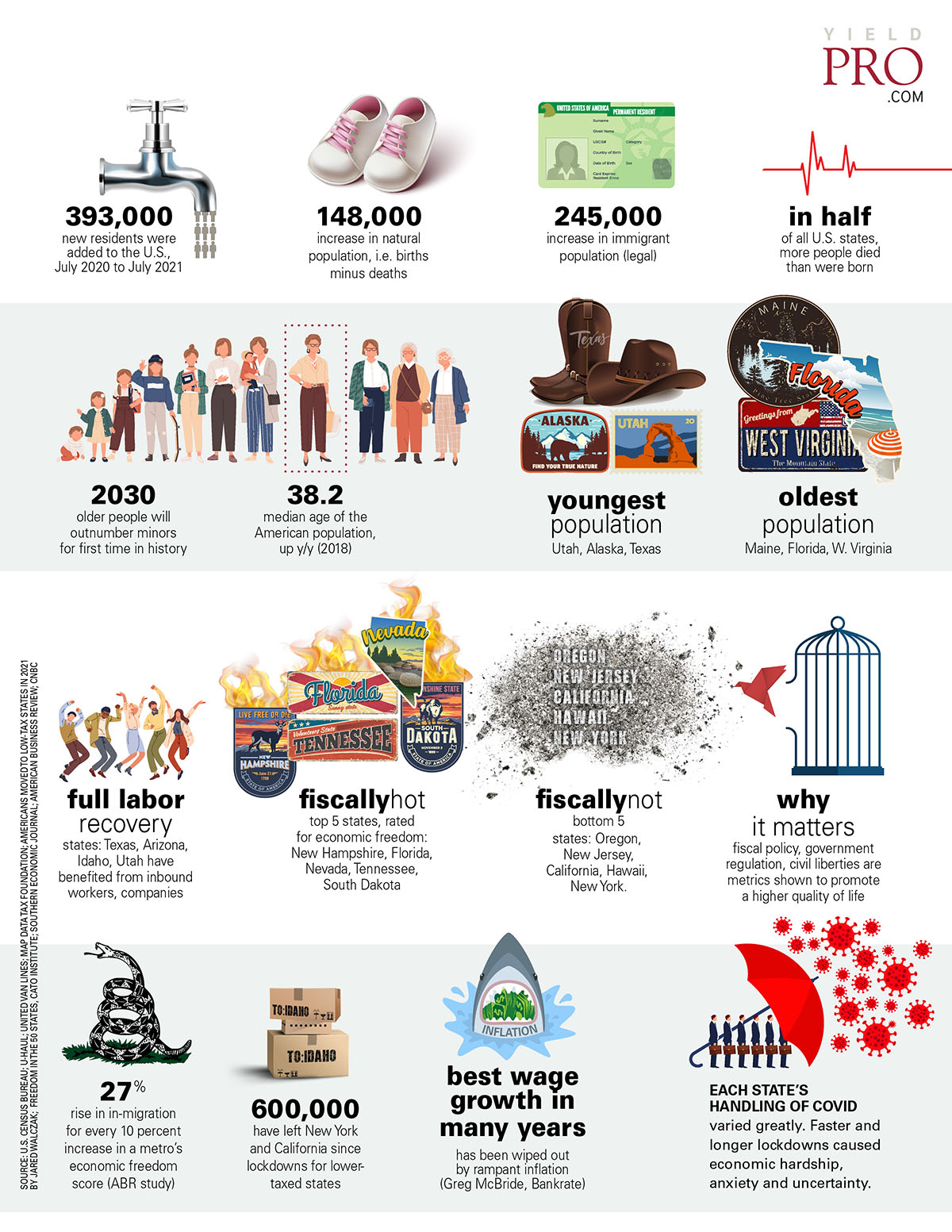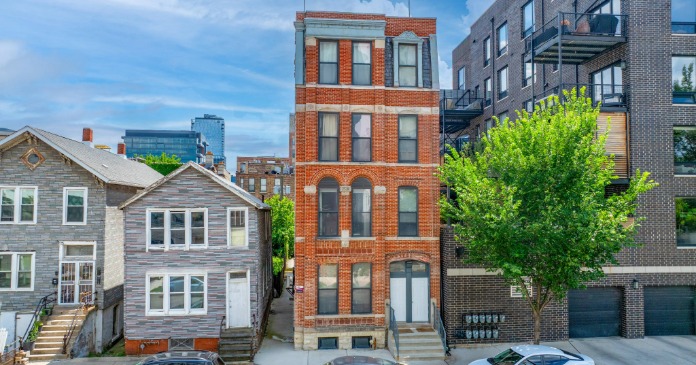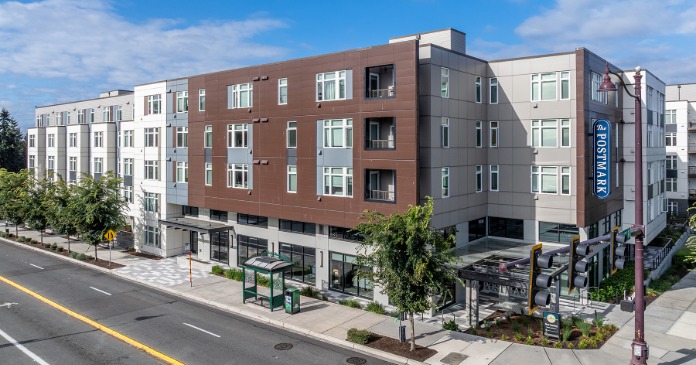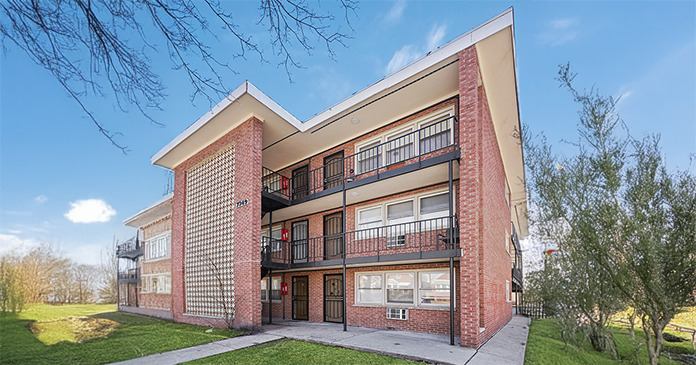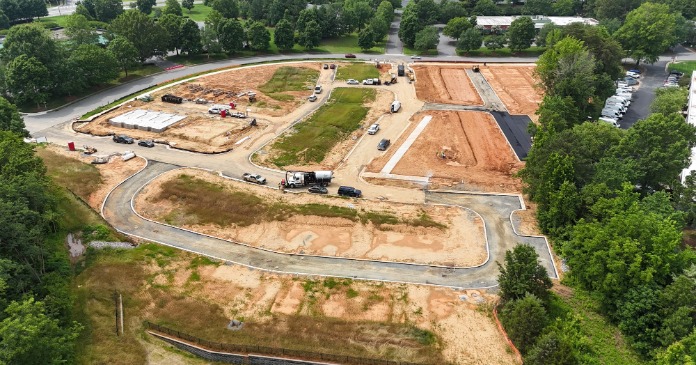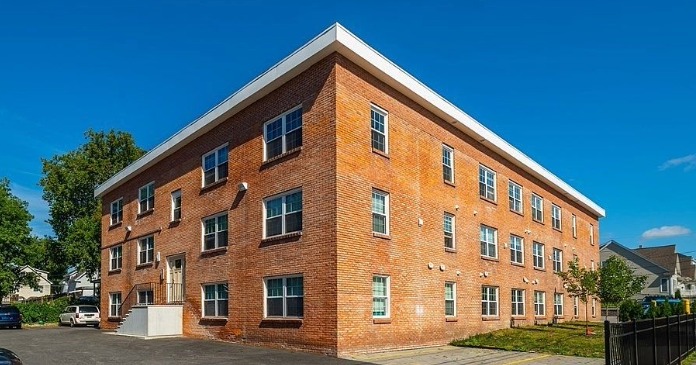While data collection does not include specifics on why people move, data scientists have drawn a correlation between low-tax, low-cost states and population growth.
+0.1% U.S. population growth (July y/y) at an all-time historic low
Why?
- COVID deaths
- low in-migration
- falling birth rates
Making interstate migration patterns more significant
3.5% average income tax rate (state, local) of top one-third growing states
7.3% average income tax rate (state, local) of top one-third shrinking states
LOSS OF POPULATION AS PERCENT OF STATE POPULATION
DC’s population shrunk 2.8 percent (April 2020—July 2021). New York lost 1.8 percent of its population, and Illinois, Hawaii and California made up the top five for population loss.
Idaho gained 3.4 percent. Utah, Montana, Arizona, South Carolina, Delaware, Texas, Nevada, Florida, and North Carolina all saw population gains of 1 percent or more.
393,000 new residents were added to the U.S., July 2020 to July 2021
148,000 increase in natural population, i.e. births minus deaths
245,000 increase in immigrant population (legal)
In half of all U.S. states, more people died than were born
2030 older people will outnumber minors for first time in history
38.2 median age of the American population, up y/y (2018)
Youngest population: Utah, Alaska, Texas
Oldest population: Maine, Florida, W. Virginia
Full labor recovery states: Texas, Arizona, Idaho, Utah have benefited from inbound workers, companies
Fiscally hot
Top 5 states, rated for economic freedom: New Hampshire, Florida, Nevada, Tennessee, South Dakota
Fiscally not
Bottom 5 states: Oregon, New Jersey, California, Hawaii, New York.
Why it matters. Fiscal policy, government regulation, civil liberties are metrics shown to promote a higher quality of life
27% rise in in-migration for every 10 percent increase in a metro’s economic freedom score (ABR study)
600,000 have left New York and California since lockdowns for lower-taxed states
Best wage growth in many years has been wiped out by rampant inflation (Greg McBride, Bankrate)
Each state’s handling of COVID varied greatly. Faster and longer lockdowns caused economic hardship, anxiety and uncertainty.


